|
We've just wrapped up our first week of work at Costa Digiano!! This is the COOLEST TREASURE HUNT I have every been on! Last three days we've just started cutting back some brambles and cleaning around the house area. Today, we uncovered most of the pig stalls and we're seriously considering moving in there next spring;) heheeee Before...During...Getting there!Under all the brambles near the stalls we found a big barn that was not anywhere on our maps. Basically it's just the roof sitting on the ground, but we'll take it! Just what we need... a barn! And we thought all we were going to get there was a truck load of blackberries... And then we went exploring into what looked like just a steep hill all covered in acacias, elderberries and a 6ft wall of brambles. Once we broke through the brambles we found this amazing little terraced woodland (with a view to die for) and an old road running through it that was completely hidden AND we found an amazing ancient stone well WITH water!!!!! This is the most amazing surprise, Hurrah!!! We had NO IDEA if there was still a well here or if it would be anything of any worth, but This is a serious well, like Medieval hamlet style old stone well. The inside is square and deep, walls all built in sheer stone blocks and it had (now crumbled) a little terrcotta roof and a wood beam with a chain and bucket! And there is water in there!! This just solved one of our biggest problems. Now, hopefully we should not need to do any well drilling. This thing has been in use for hundreds of years, so I think it should do us just fine. Habemus Pozzum!! We have a Well!! We've only just begun to explore this place and my feeling is that it is much older, much bigger and much more amazing than I had even imagined. Almost like this was more of an old community or gathering of houses near this old road (no longer in use) rather than a farmhouse. I'm having way too much fun, so I need to get back out there and do some more digging:) Amy Some neighbors passing through to check out the new owners....
3 Comments
The Project |
AuthorAmy & Mirco - Archives
August 2013
Categories |

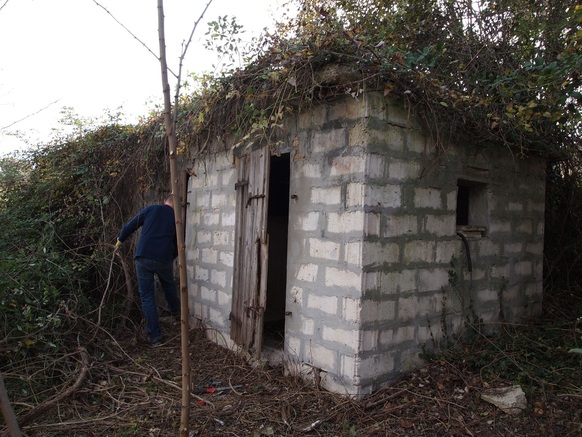
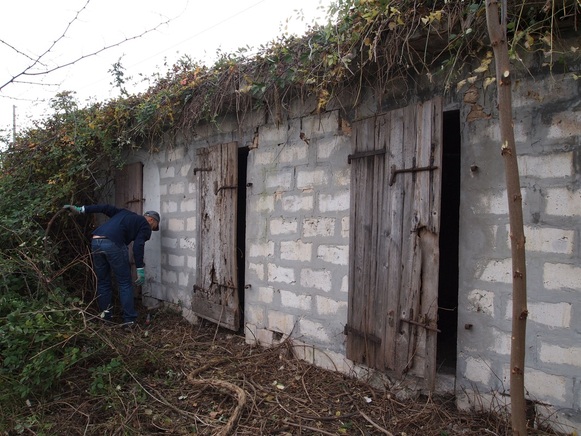
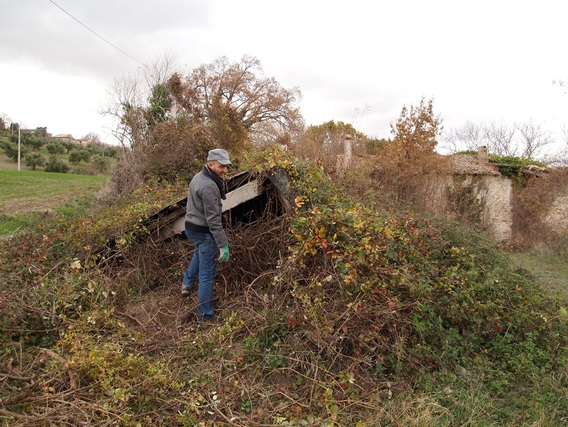
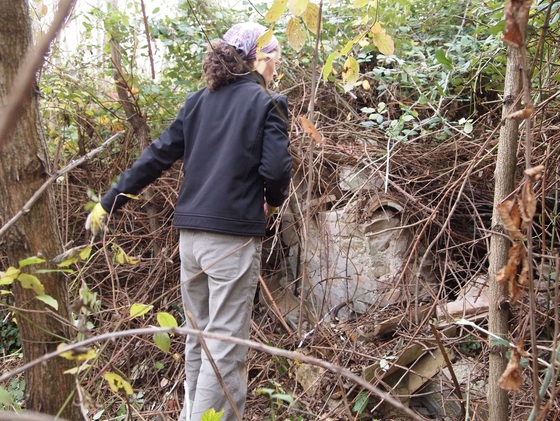
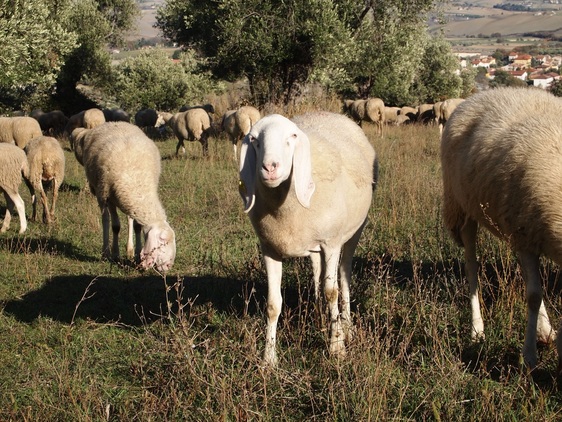
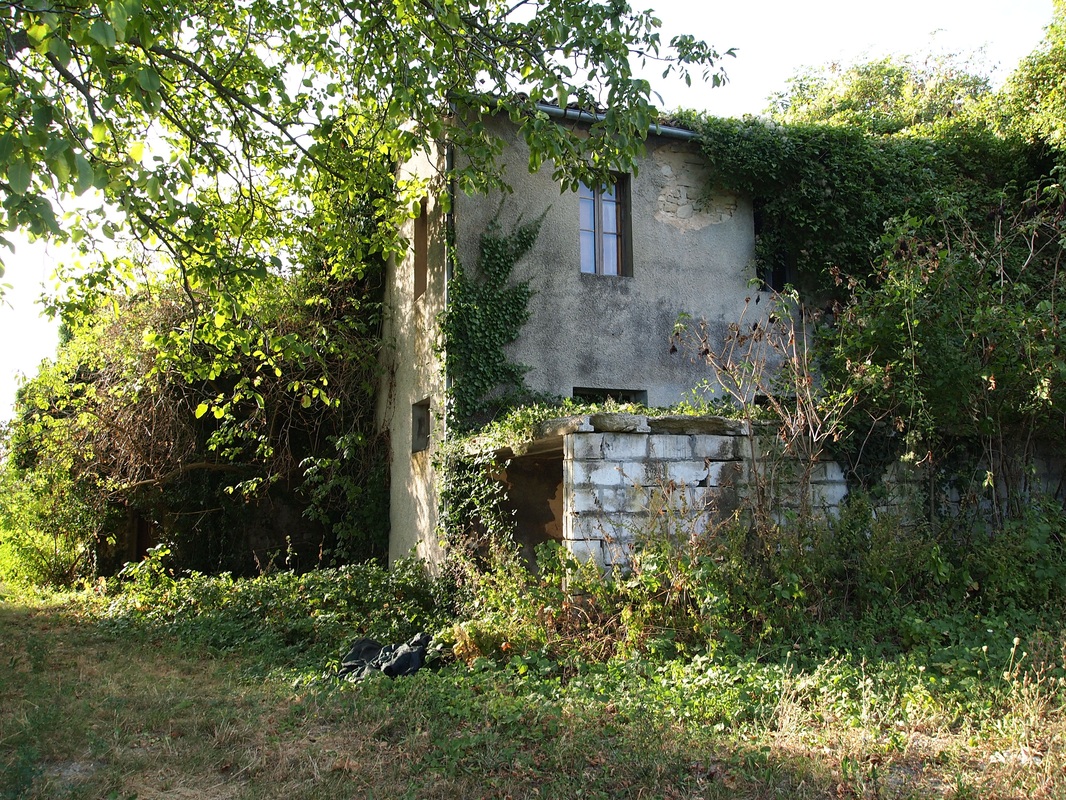
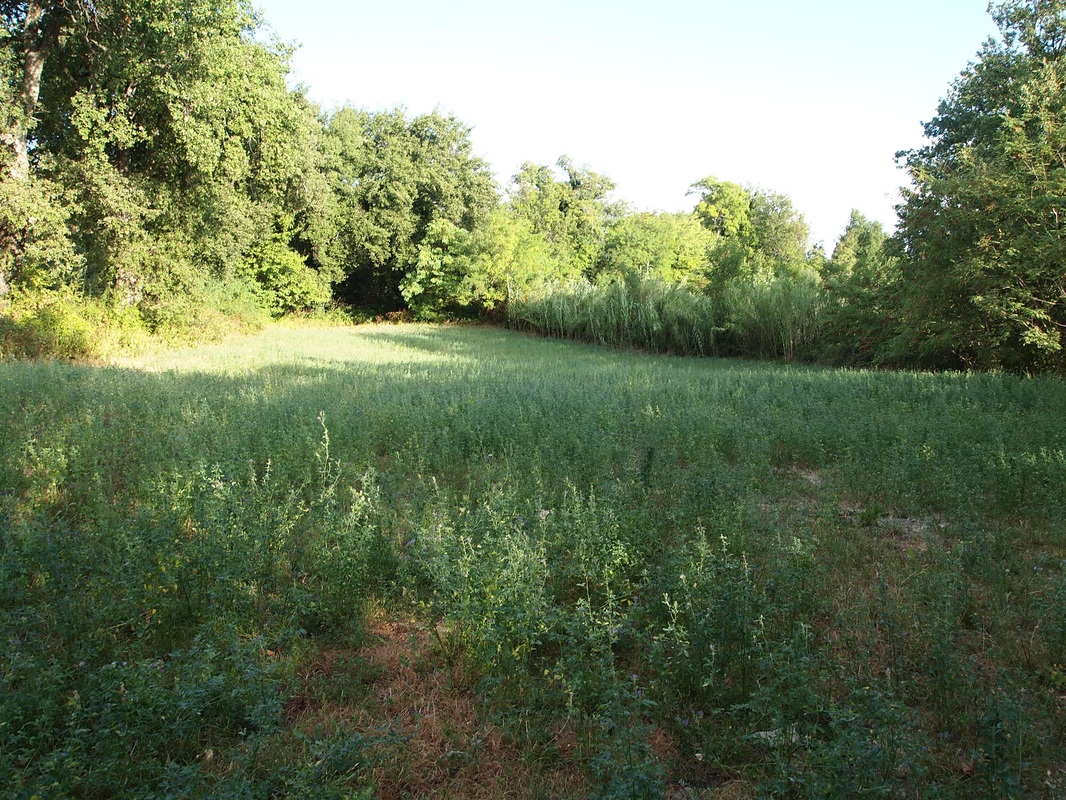
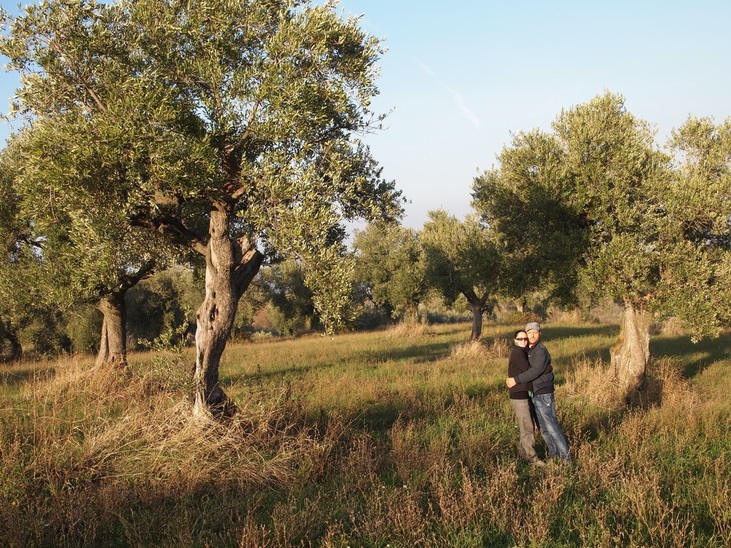
 RSS Feed
RSS Feed
